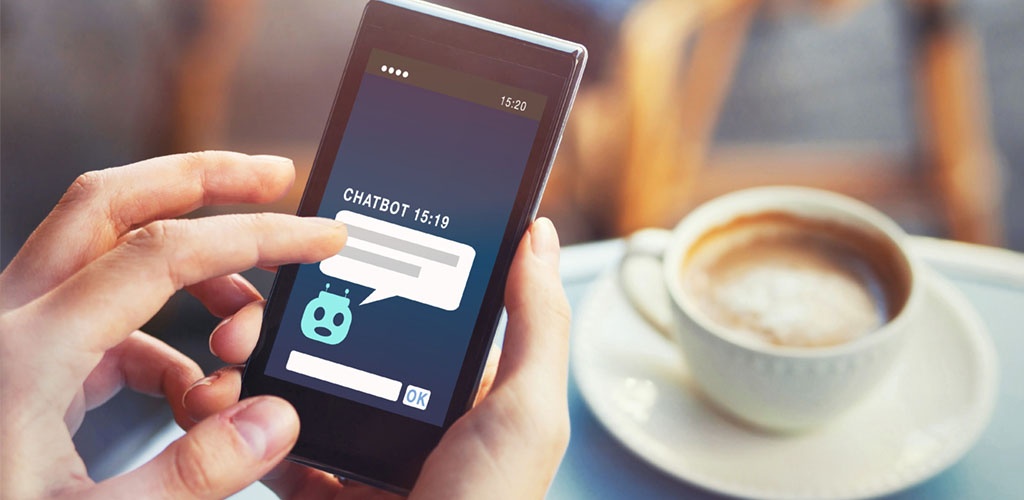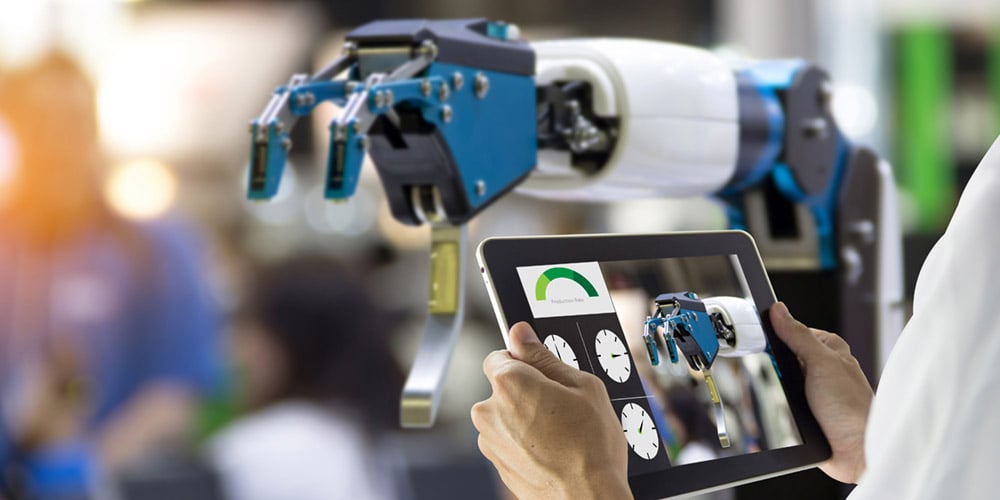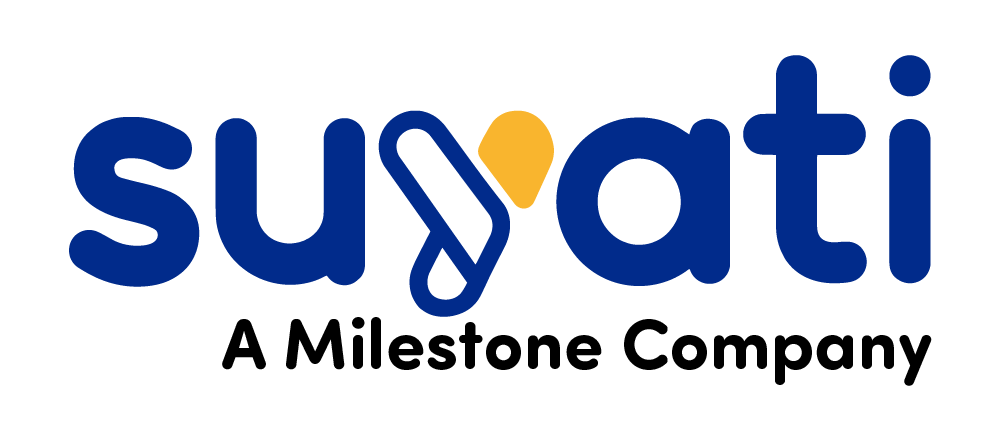Imagine a weighing scale, put automation on one side, and personalization on the other, this is the balancing act that brands are struggling to achieve today!
It is obvious that automation is an integral component of marketing today. In fact, a 2017 report by Salesforce stated that 67% of marketing teams were already running some form of automated marketing campaigns. The reasons and benefits are quite evident: Automation is free of human errors, saves execution time, and the continual growth in AI, RPA, and ML further enhance existing advantages.
Unlike other domains, however, the increased infusion of automation in marketing can have negative effects. While automation enhances many areas of marketing, it also causes a lack of personalization that can affect brand-customer relationships, and ultimately the customer experience. At the end of the day, marketing in the 21st century is all about telling stories. And the ambiguity that comes with the plot of a story is what catches the attention of buyers today!
Consumers expect brand communication to be personal, albeit the level of personalization depends on the industry and audience, but a certain personal connection is always expected. This is precisely why businesses need to find a balance between automation and personalization. While excessive automation can be devoid of human touch, excessive personalization can slow down campaign efforts and also raise red flags among consumers (as to how the business is acquiring this information).
Here are 9 steps that can be taken to determine what is the right balance between automation and personalization for your business and audience, and how to implement them:
1. Define the level of personalization based on your audience
In 2020, unless the brand communication you offer isn’t making your audience stop scrolling. Are you even communicating with your audience? As human beings, we inherently connect with similarities; we form friendships on our commonalities, follow celebrities that make us feel closer to them, we choose to consume content that makes us feel heard! The foolproof method of capturing the attention of the audience is making them feel like they belong, and what better way to do this other than personalization?
Personalization should be
audience-driven, and not marketing strategy driven. The first step in balancing
personalization and automation is knowing how much to personalize, which
requires a clearly defined user persona(s).
For example, a clothing store’s audience is influenced by sentiment and
requires a personal connection with the brand in order to make a product
purchase. They respond better to marketing content that speaks directly to them
(by addressing their name, recalling past purchases, etc.) and to content that
is relevant to them (curated by analyzing past purchases and browsing history).
Conversely, product marketing content sent by a cybersecurity solutions
provider to the stakeholders of a pharmaceutical company does not need to be
personal. The audience, in this case, is more likely to make a purchase based
solely on the product’s features and not on sentiment.
Defining user personas is a vital step in marketing, and is ideally performed
at the early stages of brand definition. These personas should be studied when
defining ‘how much’ to personalize, and rest can be left to automation.
2. Segment your audience based on the level of personalization
A business’s audience can sometimes be too large or diverse to respond similarly to the same marketing content. In such cases, segmenting this audience into different pools and creating specific marketing campaigns for each will result in better ROI.
Segmentation on the basis of similar characteristics such as lifestyle, geography, gender, etc. only makes both automation as well as personalization so much more achievable.

3. Automate the process, personalize the content
Every marketing campaign consists of two
main aspects: the content (or message) and the method of marketing. The content
can be a text, image, or video that is used to portray a message, and the
method can be email, chat, display ads, etc.
The method is used by the business, and the content is viewed by their
audience. As a general rule of thumb (or when calibrating the right balance
between personalization and automation), keeping the content personal (since it
is viewed by the audience) and the method automated is a good starting point.
For example, when running display ads, rather than relying on the platform’s AI
module to create automated content, create the poster manually with the right
messaging intent and context while allowing the platform to automate the
running and optimization of the campaign.
There, of course, are caveats to this rule and should be considered as a
starting point. The feedback from these campaigns should be analyzed to further
fine-tune the level of personalization and automation.
4. Maintain the quantity you would with personal marketing
Automation makes the process of creating
and running marketing campaigns effortless. In some cases, automation tools are
intuitive enough to take over the marketing campaign in its entirety.
It’s important, however, to remember that there is a fine line between being
informative and annoying. Because of constant cases of cyberbullying and
spamming, search engines, networking sites, and other similar platforms that
businesses use for marketing are highly sensitive to user feedback. Being
marked as ‘spam,’ ‘not relevant.’ or ‘unsubscribed’ can cause the domain or
account to be blacklisted, creating a ripple effect that will affect all future
campaigns.
Again, starting out cautiously with best practices and then optimizing the
frequency of marketing campaigns will help create the best strategy. As a rule
of thumb, start with the frequency you would use for manual, personal marketing
campaigns.
5. Define what to personalize & automate the rest
The marketing automation tools available
today are incredibly intuitive and can be used to run all marketing processes:
create, run, and optimize campaigns on autopilot. Google’s ad platform, for
example, can create display ads from a few headlines and descriptions that you
provide. It can analyze your website to auto-target the audience and will also
optimize the campaign on the fly.
Although automation tools have a high rate of efficiency, completely automating
marketing campaigns is not the ideal way to proceed. Google’s ad platform, for
example, creates a target audience based on the visitors that have previously
visited your website. For a new website, this data set is extremely small for
the ad platform to make an accurate assessment (but it will still create a
target audience and proceed). For a website that has been receiving a mixture
of a relevant and irrelevant audience, the ad will create a target of a similar
audience.
This is essentially the dilemma that marketers face! Complete automation cannot always be a solution. An ideal strategy is to first define what to personalize (based on the audience) and automating the rest. In this example of Google ads, manually creating the display banners and setting the target audience while letting the platform optimize the frequency, cost, and ad rotation is the best solution.
6. Maintain a combination of automated and personal messaging
Consumers today are privy to the fact that most marketing content they receive is from automated sources. In fact, a research article by Hubspot stated that 40% of their surveyed pool didn’t mind chatting with a chatbot as long as they got the right information. The same report also stated that 57% of the surveyed consumers actually looked for a chatbot when on a website to get more information.
This elucidates the fact that consumers today are not only aware; they are also accepting of automation and AI-based marketing communication. However, maintaining a personal connection is vital to maintain brand value and build trust. A report by American Express stated that 68% of the surveyed people said their most recent positive experience with the brand involved a pleasant representative.

While automation is key to streamlining the marketing process and enhancing the
efficiency of the campaigns, a personal connection is required to re-enforce
brand values. Combining automated marketing with personal messaging (at a ratio
that works best for your business and audience) is key to achieving both ROI
and brand value.
7. Use automation to derive insights for personalization
The marketing automation tools available
today do more than automate repetitive tasks; they also provide insightful analytics
on every campaign that is run. This analytics data can be instrumental in
determining what has worked and what hasn’t, and can, in turn, be used to
strike the right balance between personalization and automation.
A good strategy is to run A/B tests with two campaigns that have all the same
features except for one (ideally, but you can incorporate more changes).
Differences in engagement (a difference in CTR, for example) can provide
insights on particular marketing features that aren’t working.
8. Use technology that can mimic personalization
Automation serves to achieve two main goals – Increase efficiency by eliminating human errors and save time by taking over repetitive tasks. If, however, marketing teams are spending excessive time on personalizing marketing content and campaigns even after spending on an automation solution, the purpose of automation is lost.
A solution is to adopt automation tools that have the capability to mimic personalization. Facebook chatbots, for example, can be designed to extract personal information (that is intentionally made visible by the user) to make automated chats appear more ‘personal.’ The chatbot can extract the user’s name, location, etc. and personalize the conversation without the need for manual intervention.
Amazon is an ideal example of technology mimicking personalization. One simple feature, the “frequently bought together” suggestion, analyzes the behavior of other users who have purchased what you have added to cart, to learn what other common product is usually purchased and is promoted to you. To a visitor, this could seem extremely relevant and personal, and in fact, according to a report by SmartHQ, 44% of visitors buy products that are recommended to them this way by Amazon.
9. Use automation to create a progressing journey
Another great method of creating
automated workflows that mimic personalization is to create progressive
campaigns rather than disjointed ones. Once the initial marketing campaign is
pushed, users should be tagged based on their interaction with the campaign.
The next campaign should be curated to be a response to their interaction,
followed by another level of tagging, and so on.
For example, email marketing tool Send Grid segregates email recipients into 3
categories once an email blast is run: clicked, opened, and unopened
(unsubscribers are automatically removed from the chain). Now, the next email
campaign can be split into 3, one for each group (where the group that didn’t
open the email can be ignored or sent the same email). The email being sent to
users who clicked on a link can begin with ‘Hey John Doe, we noticed you were
interested in our product, here’s a coupon to get you started…’ This can
immediately reinforce the brand in the reader’s mind and create a personal
connection.
Final Word
At the end of the day, marketing efforts must be designed to enhance the customer experience. It’s a known fact that consumers are more likely to make a purchase if they have a positive customer experience. In fact, an article by Forbes stated that 73% of companies that provided an above-average customer experience outperformed their competitors financially.
In marketing, automation and personalization have to be used in synergy to deliver optimal CX. There’s no answer to ‘which one is more important.’ The right question to ask, rather, is ‘what’s the right balance between automation and personalization,’ and the answer lies in all that you’ve read in this blog!


